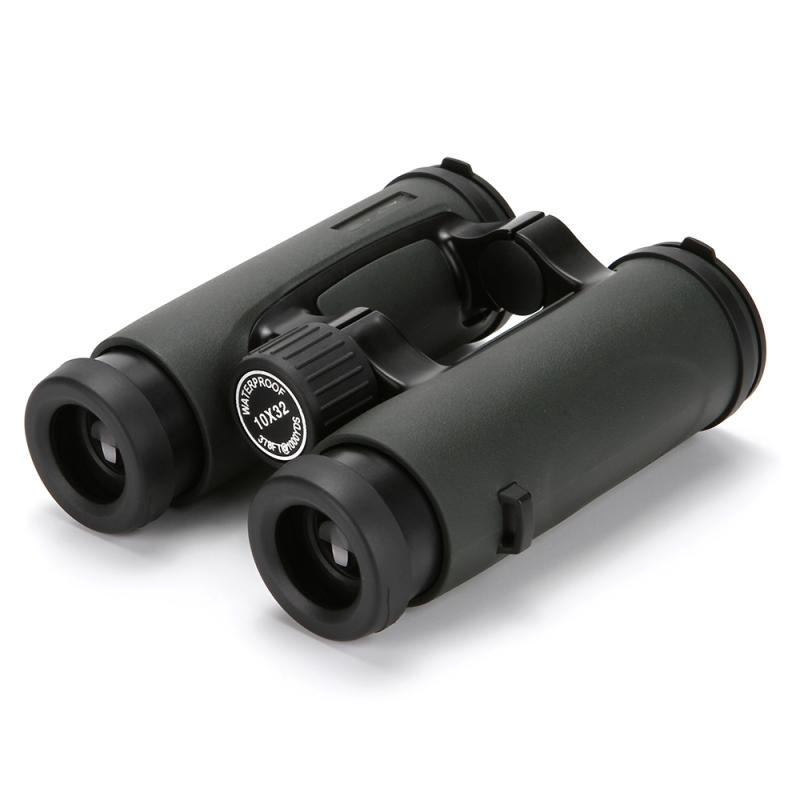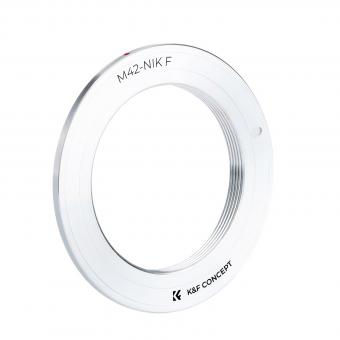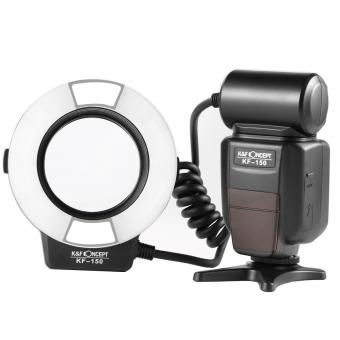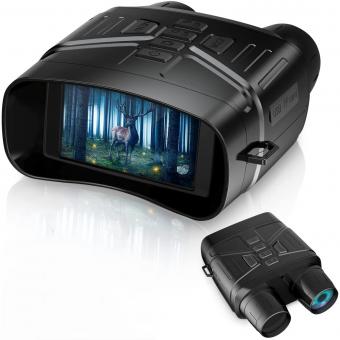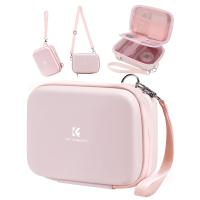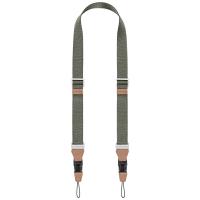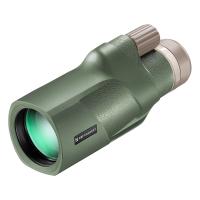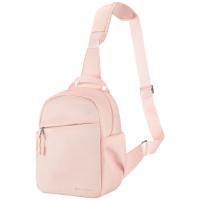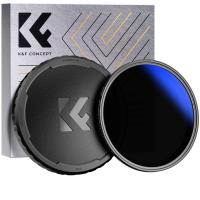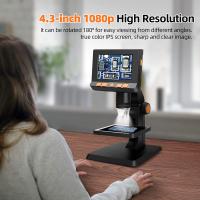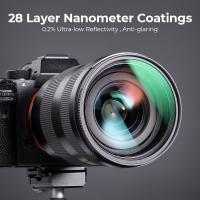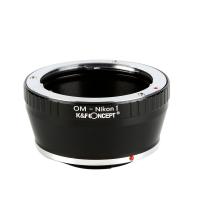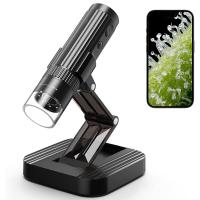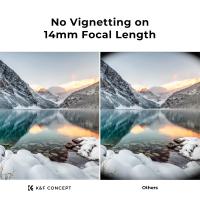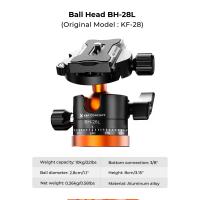What Kind Of Binoculars For Stargazing ?
Binoculars with a large objective lens (at least 50mm) and a magnification of 7x to 10x are recommended for stargazing. This allows for a wider field of view and brighter images. It is also important to choose binoculars with good optics and coatings to reduce glare and improve image clarity. Additionally, binoculars with a tripod adapter can be useful for extended stargazing sessions.
1、 Aperture size
What kind of binoculars for stargazing? The aperture size is a crucial factor to consider when choosing binoculars for stargazing. Aperture size refers to the diameter of the objective lens, which is the lens at the front of the binoculars that gathers light. The larger the aperture size, the more light the binoculars can gather, resulting in brighter and clearer images of celestial objects.
For stargazing, it is recommended to choose binoculars with an aperture size of at least 50mm. This size allows for enough light to be gathered to see fainter objects in the night sky. However, larger aperture sizes, such as 70mm or 80mm, can provide even better views of celestial objects.
It is important to note that larger aperture sizes also mean larger and heavier binoculars, which can be more difficult to hold steady for extended periods of time. Additionally, larger aperture sizes can come with a higher price tag.
In recent years, there has been a growing trend towards using binoculars for stargazing, as they provide a wider field of view than telescopes and can be more portable and easier to use. However, it is important to choose binoculars with the appropriate aperture size for optimal stargazing experiences.
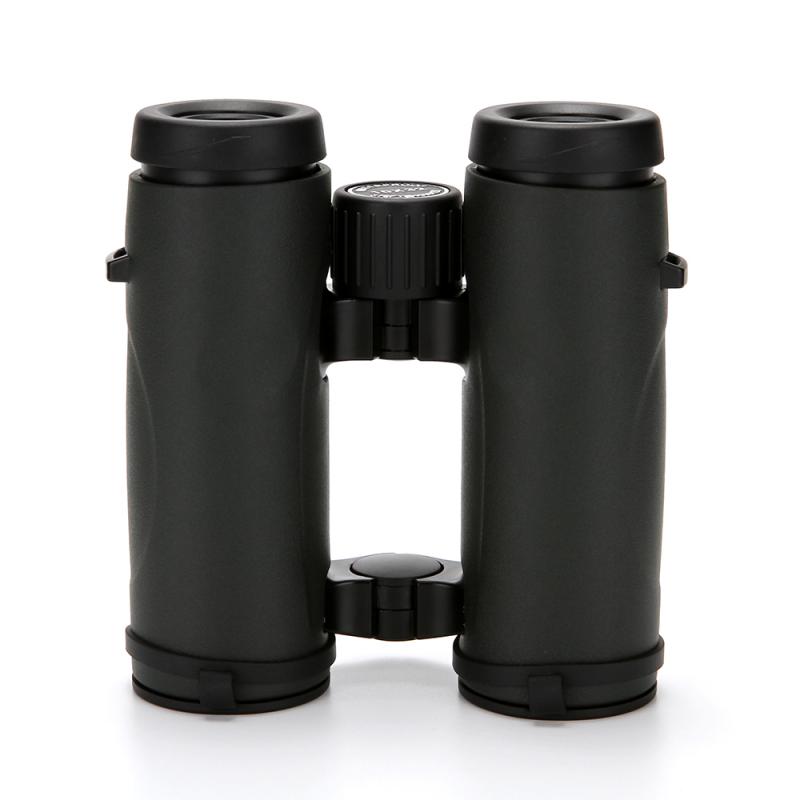
2、 Magnification power
What kind of binoculars for stargazing? Magnification power is a crucial factor to consider when choosing binoculars for stargazing. Generally, binoculars with magnification power ranging from 7x to 10x are ideal for stargazing. Higher magnification power may seem attractive, but it can make the image shaky and difficult to focus. Additionally, higher magnification power binoculars require a steady hand or tripod to stabilize the image.
However, the latest point of view suggests that the aperture size is equally important as magnification power. The aperture size determines the amount of light that enters the binoculars, which affects the brightness and clarity of the image. Binoculars with larger aperture sizes are better for stargazing as they allow more light to enter, resulting in brighter and clearer images.
Another factor to consider is the size and weight of the binoculars. Stargazing often involves long periods of observation, and heavy binoculars can cause fatigue and discomfort. Therefore, it is recommended to choose lightweight and compact binoculars that are easy to carry and use for extended periods.
In conclusion, when choosing binoculars for stargazing, it is essential to consider both magnification power and aperture size. Binoculars with magnification power ranging from 7x to 10x and larger aperture sizes are ideal for stargazing. Additionally, lightweight and compact binoculars are recommended for comfortable and extended use.
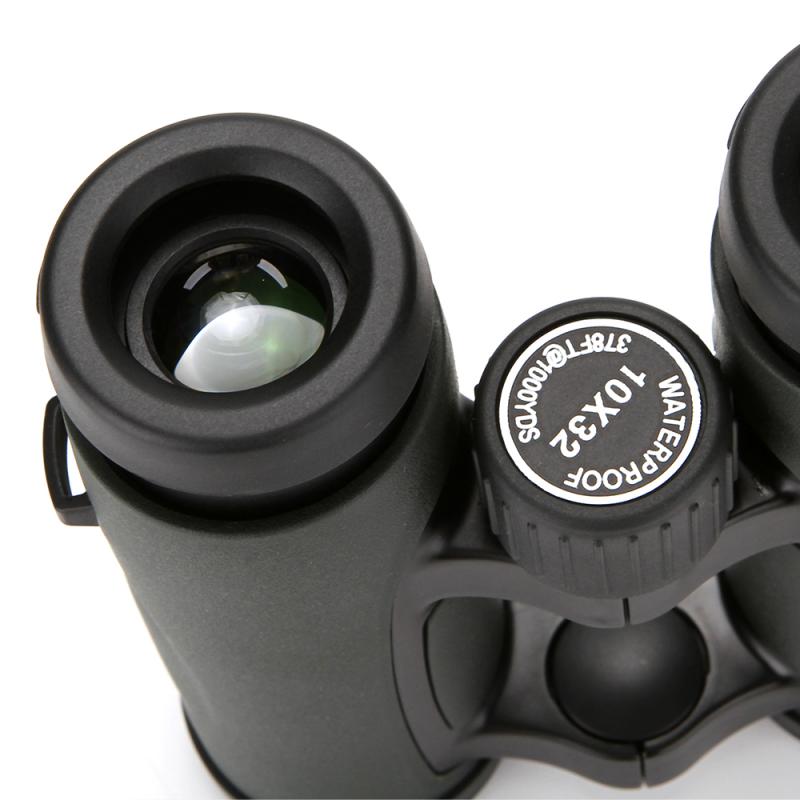
3、 Objective lens diameter
What kind of binoculars for stargazing? The most important factor to consider when choosing binoculars for stargazing is the objective lens diameter. The larger the objective lens diameter, the more light the binoculars can gather, resulting in brighter and clearer images of celestial objects. For stargazing, it is recommended to choose binoculars with an objective lens diameter of at least 50mm.
However, it is important to note that larger objective lenses also mean heavier and bulkier binoculars, which may not be as comfortable to use for extended periods of time. Additionally, higher magnification may also be desirable for stargazing, but it can also make the image shakier and harder to focus.
In recent years, there has been a trend towards using binoculars with image stabilization technology for stargazing. These binoculars use gyroscopes to stabilize the image, resulting in a clearer and more stable view of celestial objects. However, these binoculars tend to be more expensive and heavier than traditional binoculars.
Ultimately, the best binoculars for stargazing will depend on personal preferences and budget. It is recommended to try out different models and sizes before making a purchase to ensure the best fit for individual needs.
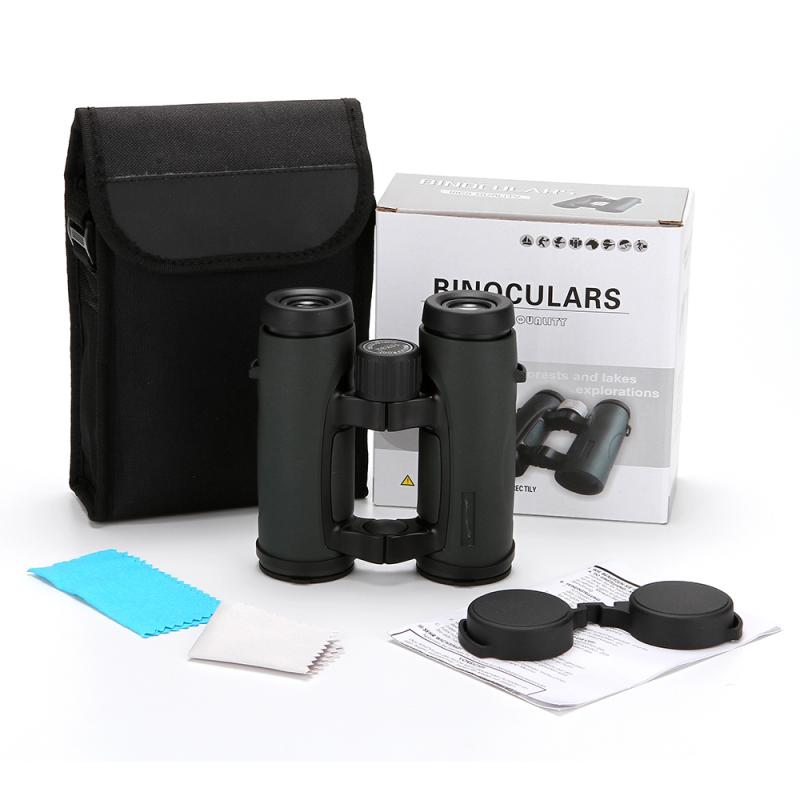
4、 Exit pupil size
What kind of binoculars for stargazing? One important factor to consider is the exit pupil size. The exit pupil is the diameter of the beam of light that exits the eyepiece and enters your eye. For stargazing, a larger exit pupil size is better as it allows more light to enter your eye, making faint objects appear brighter and clearer.
The ideal exit pupil size for stargazing is around 5-7mm, which is achieved by dividing the aperture (the diameter of the objective lens) by the magnification. For example, a 10x50 binocular has an exit pupil size of 5mm (50 divided by 10).
However, it's important to note that the size of your own pupils also plays a role. As we age, our pupils become smaller and less able to dilate, so a larger exit pupil may not be as beneficial for older stargazers. Additionally, if you plan on using your binoculars for daytime viewing as well, a smaller exit pupil may be more suitable.
In recent years, there has been a trend towards using binoculars with larger objective lenses (70mm or more) for stargazing, as they provide even brighter and clearer views. However, these larger binoculars can be heavy and bulky, making them less portable and more difficult to use for extended periods of time.
Ultimately, the best binoculars for stargazing will depend on your personal preferences and needs. Consider factors such as exit pupil size, objective lens size, and portability when making your decision.
